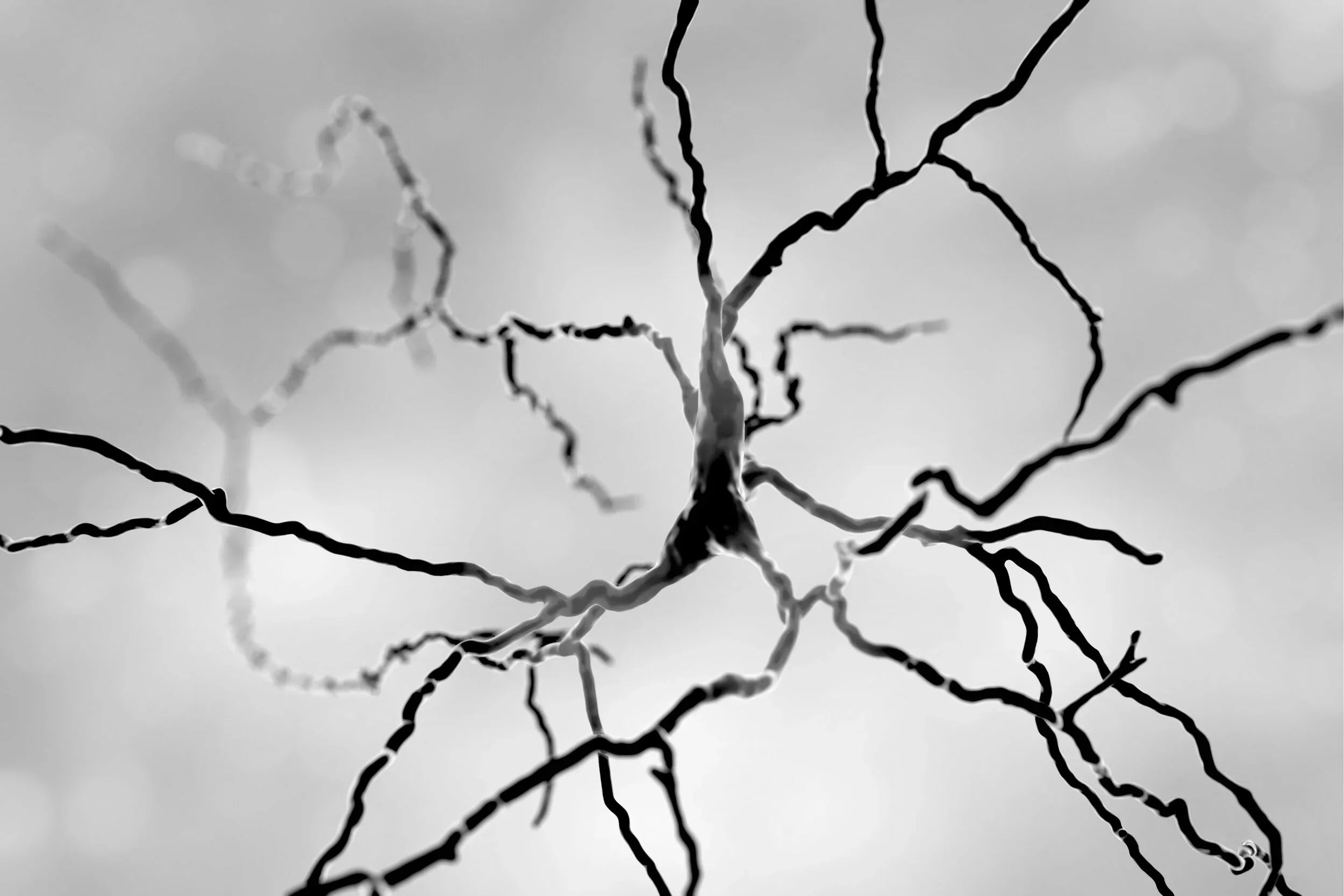
Increasing Nicotinamide Adenine Dinucleotide (NAD+) with Nicotinamide Riboside (NR) Reduced Neurodegeneration, and Increased Lifespan in Preclinical Model
The human body is composed of cells in the trillions. Each cell relies on a resource molecule called NAD+ for the generation of energy we know as ATP. This energy helps cells perform their unique functions and survive. As the available knowledge of NAD+ expands, scientists have come to realize that it also plays a vital role in helping activate important signaling molecules for cellular defense. Certain molecules have been shown to increase our NAD+ levels, and some are more effective than others.
A recent study investigating neurodegeneration in mouse brains published in the top journal Nature Communications found that while nicotinamide riboside (NR) could boost levels of NAD+ in the brains of mice and reduce neurodegeneration, NMN did not [1].
A Needle in The Haystack
As the multitude of roles played by energy molecule NAD+ continue to unfold, the options to boost it have also multiplied. When trying to decide between NAD+ boosting supplements like NR, NMN, Niacin and Nicotinamide, it’s easy to get lost in biochemical pathways and scientific theories.
Among the haystack of options, only NR has been proven safe and effective in 8 human trials at boosting NAD+.
Now, this latest study in Nature Communications suggests that only NR (and not NMN) was shown to make its way to the brain and partially prevent neurodegeneration and extend lifespan, at least in modified mice models.
Racking Our Brains Around NR
The researchers in this study deleted the DNA stabilizing enzyme topoisomerase in excitatory neurons in mice to investigate its effects on brain health. They found that neurons without this essential enzyme experience DNA damage, ensuing inflammation and ultimate degeneration.
However, when those mice were then supplemented with NR to raise NAD+ levels, the neurodegeneration was slowed down significantly, and the lifespans of the mice grew by an entire 30% [1]. This effect was not observed when the mice were supplemented with NMN, which also is claimed to raise NAD+ levels despite the absence of published clinical data.
While the study set out to investigate and prove the essential value of topoisomerase in brain health, it also ended up illustrating the power that NR supplementation may have in slowing neurodegeneration and extending lifespan.
Tying Together Neurons and NAD+
Although most of us still have our topoisomerases intact, the kind of DNA damage induced in this experiment resembles that seen in neurodegenerative disorders, like Alzheimer’s, Parkinson’s and amyotrophic lateral sclerosis (ALS). These landmark findings and other studies suggest that NAD+ could be a powerful tool to combat or prevent these diseases.
World-renowned Alzheimer’s researcher and Time’s 100 Most Influential People honoree Dr. Rudy Tanzi certainly thinks so.
Tanzi and colleagues have shown that amyloid beta may protect the brain by trapping microbial pathogens. Due to genetics, infections, or some other, yet-unknown environmental factors like pollution, the amyloid beta protein begins to clump into plaques [2].
These plaques, in turn, cause tau-protein neurofibrillary tangles that form inside of neurons. The tangles kill neurons, which upon dying, attract immune cells (known as microglia) that promote an inflammatory response. This response creates more tangles, and the vicious cycle culminates in the destruction of the brain resulting in the condition known as Alzheimer’s.
Prevention is the best medicine
In order to escape the loop, one needs to prevent the plaques or tangles, or build up protection and resilience against inflammation. While autopsies of many older individuals show extensive plaques and tangles, not all suffer from Alzheimer’s [3]. Those symptoms come later with inflammation—and Tanzi believes the inflammation may be responsible for up to 90% of Alzheimer's symptoms.
The trick lies in preventing or withstanding the inflammation. As this study suggests, boosting NAD+ levels with NR may help neurons better withstand inflammation [4]. Tanzi also believes NR may help prevent the early formation of plaques and tau tangles.
Only further clinical trials in humans will tell for certain what role NR may play in preventing or reducing deleterious neurodegeneration and extending the lifespans of those with diseases like Alzheimer’s. While there is currently no known cure for neurodegenerative conditions like Alzheimer’s, continued research into NAD and the roots of these diseases may someday carve a path towards an answer.
References
Fragola, G., et al., Deletion of Topoisomerase 1 in excitatory neurons causes genomic instability and early onset neurodegeneration. Nat Commun, 2020. 11(1): p. 1962.
Kumar, D.K., et al., Amyloid-beta peptide protects against microbial infection in mouse and worm models of Alzheimer's disease. Sci Transl Med, 2016. 8(340): p. 340ra72.
Zolochevska, O., et al., Postsynaptic Proteome of Non-Demented Individuals with Alzheimer's Disease Neuropathology. J Alzheimers Dis, 2018. 65(2): p. 659-682.
Hou, Y., et al., NAD(+) supplementation normalizes key Alzheimer's features and DNA damage responses in a new AD mouse model with introduced DNA repair deficiency. Proc Natl Acad Sci U S A, 2018. 115(8): p. E1876-E1885